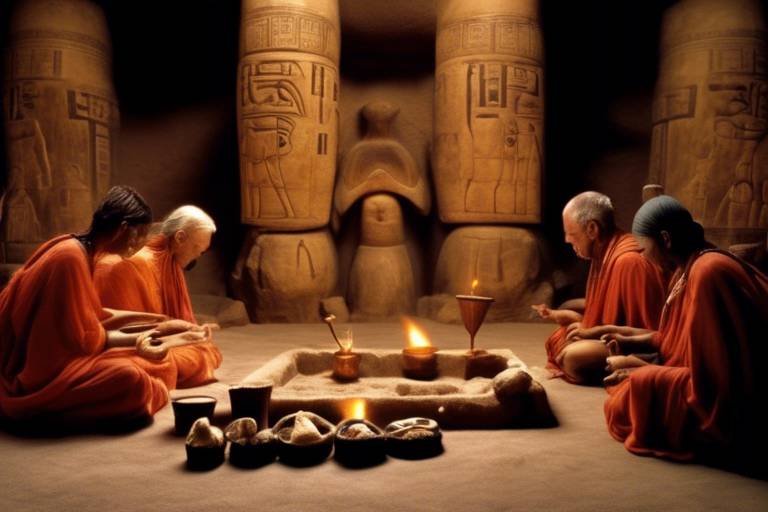The Influence of Ancient Egyptian Culture on Modern Society
Ancient Egyptian culture holds a profound influence on modern society, permeating various aspects of our daily lives. From art to architecture, religion to language, the legacy of Egypt's civilization resonates through time, leaving an indelible mark on contemporary culture. The symbols and beliefs of Ancient Egypt continue to captivate and inspire people worldwide, showcasing the enduring power of a civilization long past.

Art and Aesthetics
Exploring the lasting impact of Ancient Egyptian civilization on contemporary culture, art, architecture, religion, and language. From symbols like the Ankh to the concept of the afterlife, Egypt's heritage continues to shape the world today.
When delving into the realm of art and aesthetics, one cannot overlook the profound influence of Ancient Egyptian art styles on modern creative expressions. The intricate hieroglyphics, majestic sculptures, and vibrant paintings of the ancient civilization have left an indelible mark on various art movements and design trends. The iconic imagery and symbolic representations continue to inspire artists, designers, and creators across the globe.
The meticulous attention to detail in Ancient Egyptian artistry, coupled with the symbolic significance attached to each piece, has transcended time and continues to captivate audiences today. The harmonious blend of form and function in ancient artifacts has set a standard for aesthetic beauty that resonates in contemporary artistic endeavors.
Moreover, the use of bold colors, geometric patterns, and stylized representations in Ancient Egyptian art has influenced modern visual culture, from graphic design to fashion. The timeless appeal of Egyptian aesthetics serves as a testament to the enduring power of artistic expression to transcend cultural boundaries and resonate with audiences of diverse backgrounds.
By studying the art and aesthetics of Ancient Egypt, we gain not only a glimpse into the artistic achievements of a bygone era but also a deeper appreciation for the universal language of creativity that transcends centuries and connects humanity through the beauty of visual expression.

Architecture and Engineering
When we gaze upon the towering pyramids of Giza or the majestic temples of Luxor, we are not just witnessing ancient structures but marvels of architectural ingenuity that have influenced modern building practices. The precision in construction, the grandeur of design, and the engineering feats of Ancient Egyptian architecture continue to awe and inspire architects and engineers today.
The Ancient Egyptians were masters of monumental construction, utilizing advanced techniques to create structures that stood the test of time. The pyramids, with their precise alignment and massive stone blocks, showcase the engineering prowess of a civilization ahead of its time. These architectural wonders have served as blueprints for modern architects seeking to push the boundaries of design and engineering.
Moreover, the temples of Ancient Egypt, with their intricate carvings, massive columns, and elaborate hieroglyphic decorations, exemplify a harmonious blend of art and architecture. The symbolic significance embedded in every architectural element reflects a deep connection between the spiritual beliefs of the society and its built environment, a concept that resonates in contemporary architectural philosophies.
From the obelisks that once adorned temple complexes to the colossal statues that guarded sacred sites, the monumental scale and symbolic motifs of Ancient Egyptian architecture have left an indelible mark on the architectural landscape of the world. The enduring legacy of these architectural wonders serves as a testament to the innovative spirit and creative vision of the ancient civilization.
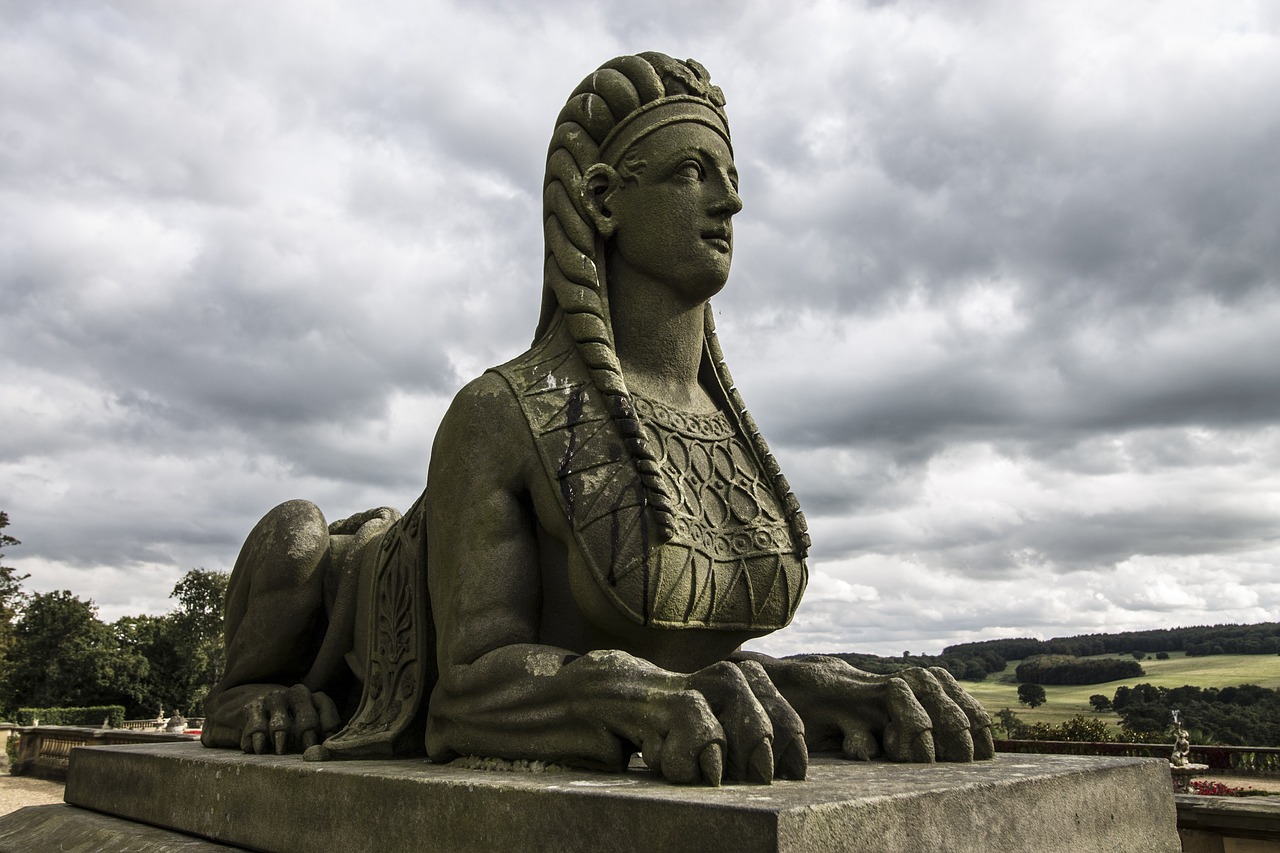
Religious Beliefs and Practices
Exploring the lasting impact of Ancient Egyptian civilization on contemporary culture, art, architecture, religion, and language. From symbols like the Ankh to the concept of the afterlife, Egypt's heritage continues to shape the world today.
When delving into the religious beliefs and practices of Ancient Egypt, one cannot help but marvel at the intricate tapestry of mythology, rituals, and deities that defined their spiritual worldview. The ancient Egyptians held a deep reverence for the divine and believed in a rich pantheon of gods and goddesses, each with their own unique attributes and domains.
The concept of the afterlife played a central role in Egyptian religion, with the belief that one's actions in this life would determine their fate in the next. This intricate belief system led to elaborate funerary practices, mummification, and the construction of grand tombs and temples to ensure a prosperous journey to the afterlife.
The influence of Ancient Egyptian religious beliefs can be seen echoed in modern spirituality and mythological interpretations. The reverence for higher powers, the idea of a divine realm beyond our earthly existence, and the significance of rituals and ceremonies in connecting with the divine all bear traces of Egypt's ancient religious practices.
Moreover, the legacy of Egyptian deities such as Osiris, Isis, Ra, and Anubis continues to inspire contemporary art, literature, and cultural expressions. Their symbolic representations and enduring presence in global popular culture showcase the enduring impact of Ancient Egyptian religious beliefs on modern society.
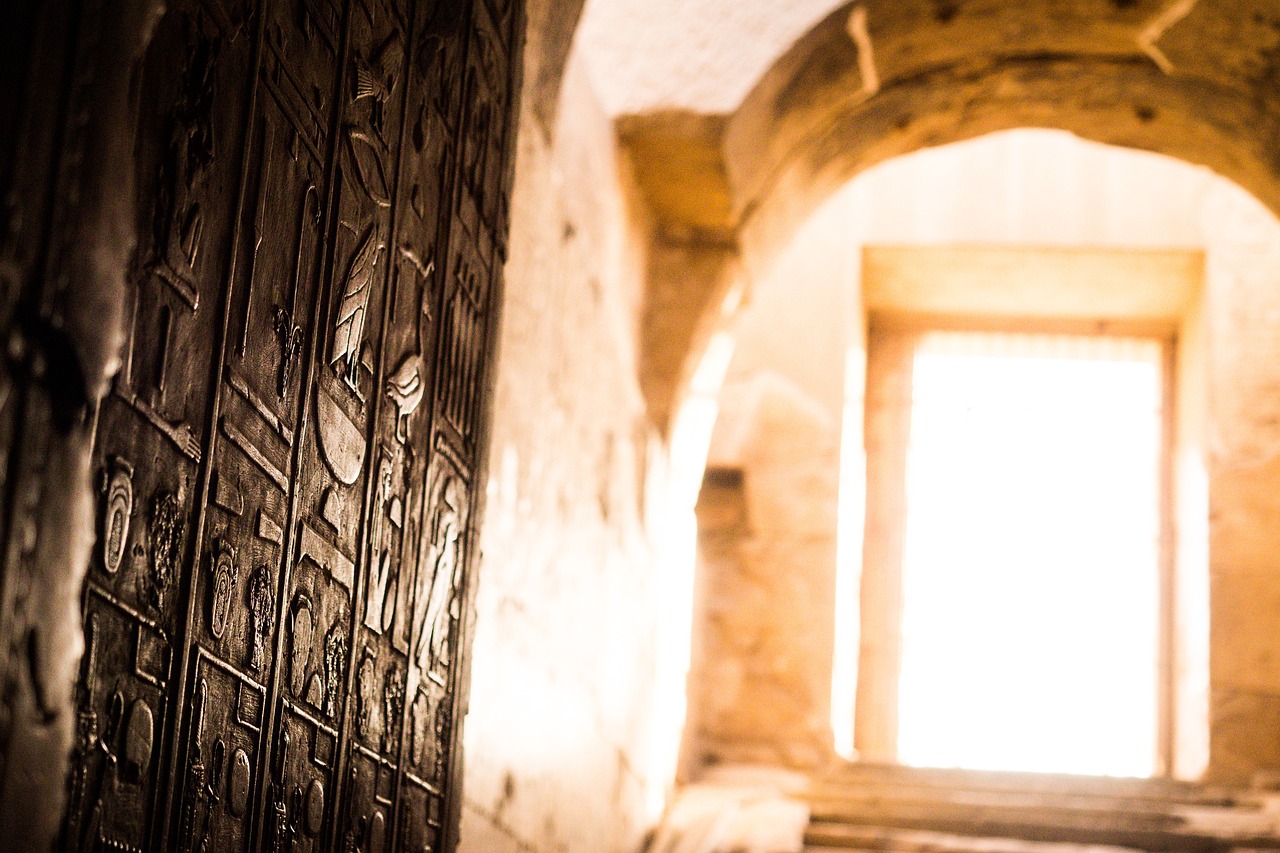
Language and Writing
The Ancient Egyptian civilization is renowned for its intricate writing system known as hieroglyphics, which consisted of pictorial symbols representing objects and sounds. These hieroglyphics were not only used for communication but also for religious and monumental inscriptions. One of the most significant contributions to the understanding of Ancient Egyptian writing was the discovery of the Rosetta Stone, a decree issued in 196 BC in three scripts: Ancient Greek, Demotic, and hieroglyphics. This discovery allowed scholars to decipher the hieroglyphic script, unlocking a wealth of knowledge about the language and culture of Ancient Egypt.
Moreover, the influence of Ancient Egyptian linguistic elements extends beyond the decipherment of hieroglyphics. Words and symbols from the Egyptian language have permeated into modern languages, literature, and communication systems. Terms like "pharaoh," "obelisk," and "Anubis" have become familiar in global vocabulary, showcasing the lasting impact of Ancient Egyptian language on contemporary society.
Furthermore, the symbolic nature of hieroglyphics has inspired artists, designers, and writers in various creative endeavors. The intricate and visually appealing characters of hieroglyphics have been incorporated into modern designs, logos, and branding, adding a touch of ancient mystique to contemporary aesthetics. The fusion of Ancient Egyptian symbols with modern communication mediums creates a unique blend of past and present, bridging the gap between ancient wisdom and modern innovation.
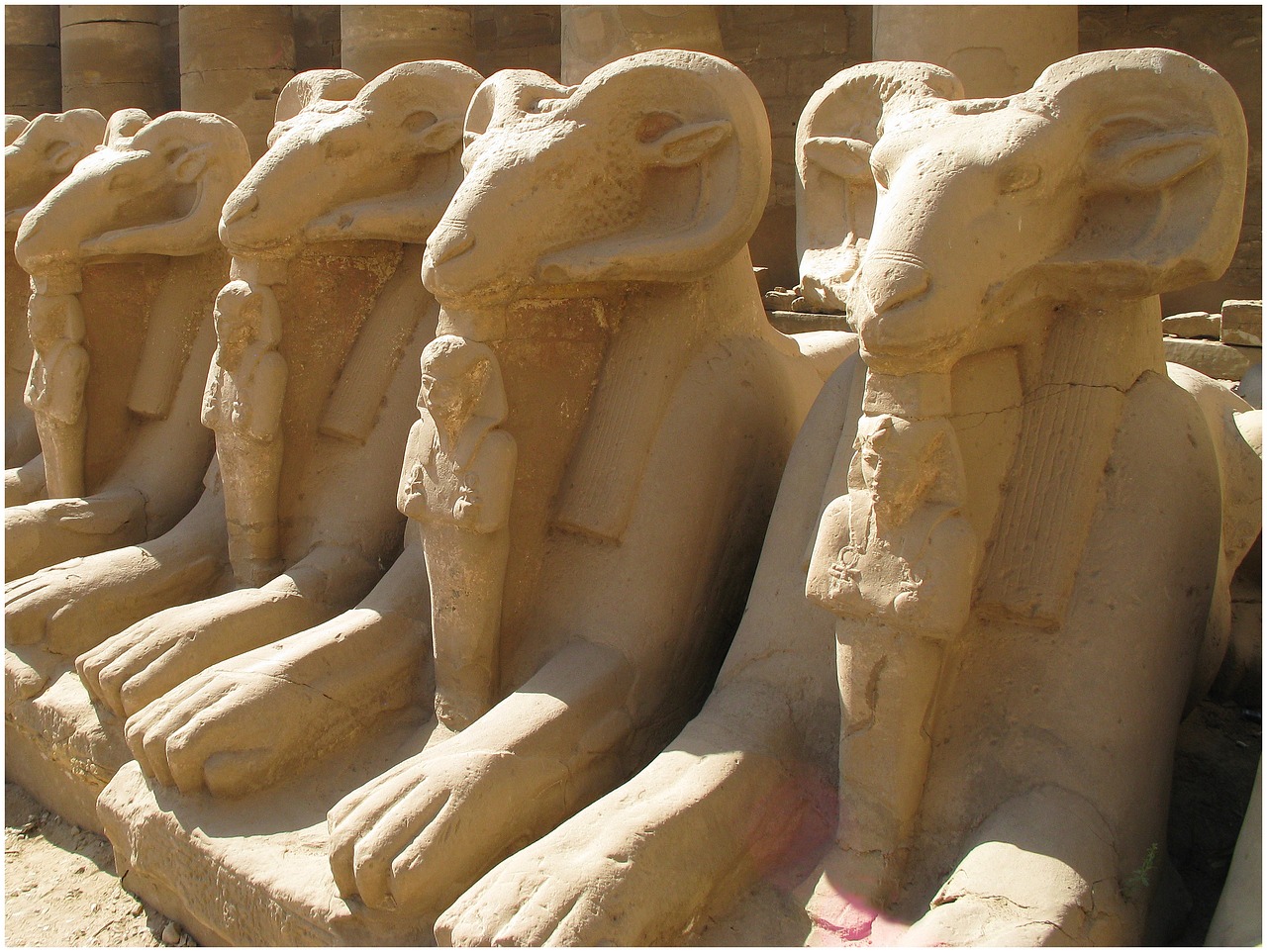
Social Structure and Governance
When delving into the intricate tapestry of Ancient Egyptian civilization, one cannot overlook the profound impact it has had on modern social structures and governance systems. The societal hierarchy of Ancient Egypt, with its pharaohs, nobles, priests, and commoners, reflects a complex yet well-defined social order that resonates with contemporary hierarchical arrangements.
The governance systems of Ancient Egypt, characterized by centralized authority and divine rulership, laid the foundation for modern concepts of leadership and administration. The pharaoh, considered a divine figure and the ultimate authority, governed with absolute power, reminiscent of modern autocratic regimes.
Legal practices in Ancient Egypt, including codes of conduct, judicial systems, and administrative regulations, set a precedent for the development of legal frameworks in modern societies. The principles of justice, fairness, and order upheld by the ancient legal system continue to influence contemporary legal institutions.
Parallel to the hierarchical structure of Ancient Egyptian society, modern social structures exhibit varying degrees of stratification and division based on wealth, power, and social status. The legacy of Egypt's social hierarchy is evident in today's class distinctions and social mobility dynamics.
Moreover, the intricate bureaucracy of Ancient Egypt, responsible for managing state affairs, collecting taxes, and overseeing public works projects, foreshadows the complexities of modern governmental administrations. The organizational efficiency and administrative prowess of ancient officials serve as a model for contemporary governance practices.

Science and Technology
Science and technology were integral aspects of Ancient Egyptian civilization, showcasing remarkable advancements that continue to influence modern knowledge and innovations. The Egyptians excelled in various fields, including medicine, astronomy, mathematics, and engineering, laying the foundation for future scientific discoveries.
One of the notable contributions of Ancient Egypt to the field of medicine was their extensive knowledge of anatomy and surgical practices. They developed techniques for treating injuries, setting bones, and even performing rudimentary surgeries. The Edwin Smith Papyrus, a medical text dating back to around 1600 BCE, provides insights into their medical knowledge and practices.
In astronomy, the Egyptians demonstrated a sophisticated understanding of celestial movements and developed calendars based on astronomical observations. The alignment of the pyramids with the stars and the annual flooding of the Nile based on astronomical events highlight their astronomical prowess.
Ancient Egyptian mathematics also showcased significant achievements, particularly in geometry and arithmetic. The construction of the pyramids with precise measurements and angles reflects their advanced mathematical skills. The use of fractions and algebraic equations in various calculations further demonstrates their mathematical acumen.
Furthermore, the engineering feats of the Egyptians, such as the construction of massive structures like the pyramids, temples, and irrigation systems, illustrate their mastery of engineering principles. The use of ramps, levers, and pulleys in building monumental structures exemplifies their innovative engineering techniques.
The legacy of Ancient Egyptian science and technology extends to modern times, influencing fields like medicine, astronomy, mathematics, and engineering. Their achievements serve as a testament to the ingenuity and intellectual prowess of this ancient civilization, leaving a lasting impact on the development of scientific knowledge and technological advancements.
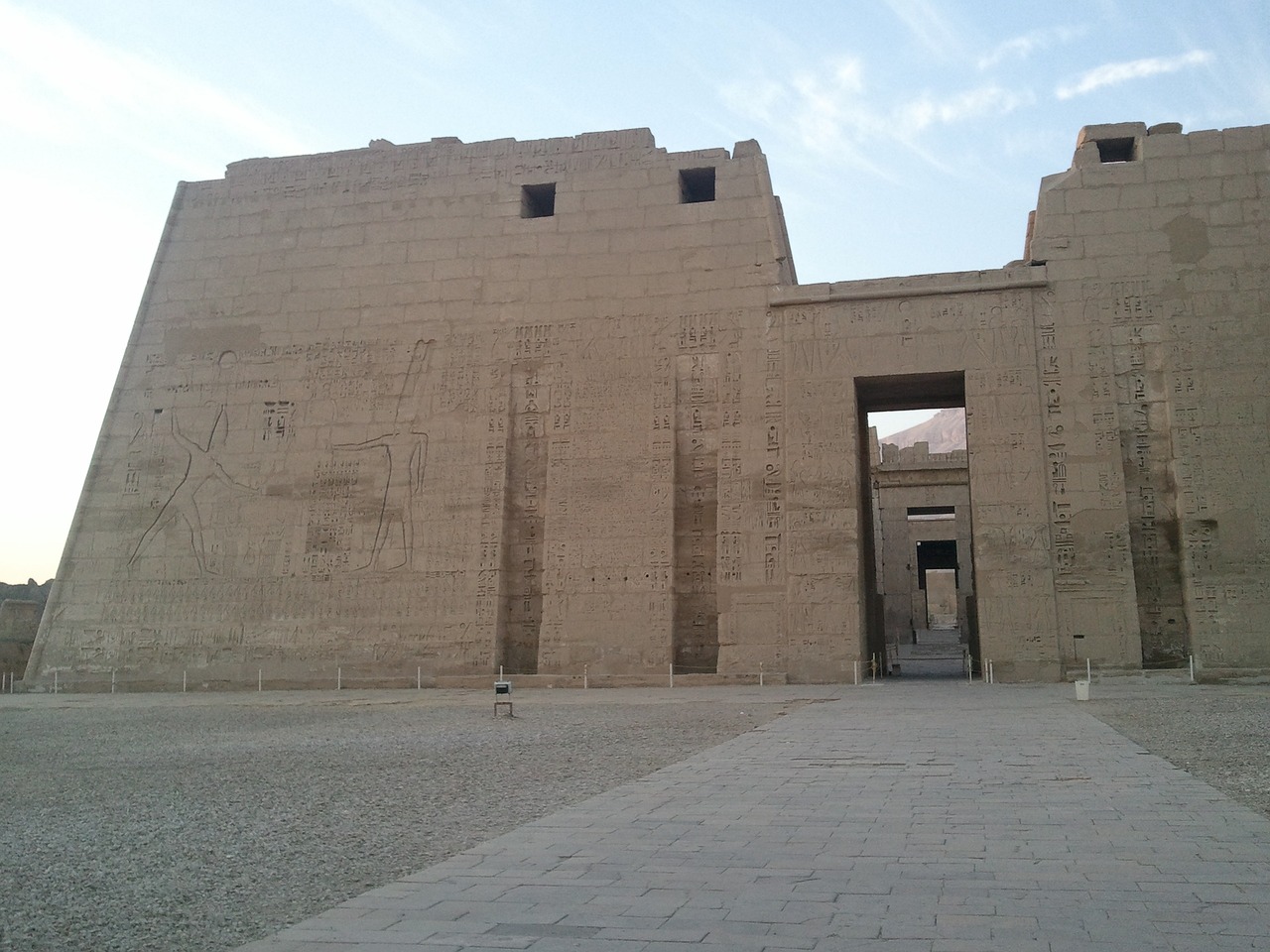
Symbolism and Iconography
Symbolism and iconography play a significant role in Ancient Egyptian culture, with various symbols holding deep meanings and cultural significance. The Eye of Horus, for example, symbolizes protection, royal power, and good health. This symbol has transcended time and continues to be used in modern iconography, representing concepts of strength and protection. The scarab beetle, known for its connection to rebirth and regeneration in Ancient Egypt, remains a powerful symbol in contemporary culture, symbolizing transformation and renewal.
Another iconic symbol, the sphinx, represents wisdom, strength, and guardianship in Egyptian mythology. This enigmatic creature has inspired artistic interpretations and architectural designs globally, symbolizing mystery and protection. The intricate hieroglyphics found in Ancient Egyptian art and inscriptions have also influenced modern design, with their symbolic representations and storytelling capabilities still captivating audiences today.
The use of these symbols in branding, cultural representations, and artistic expressions showcases the enduring legacy of Ancient Egyptian iconography in shaping contemporary visual language and cultural identity. The rich symbolism and iconography of Egypt continue to fascinate and inspire creativity across various fields, bridging the gap between ancient traditions and modern interpretations.
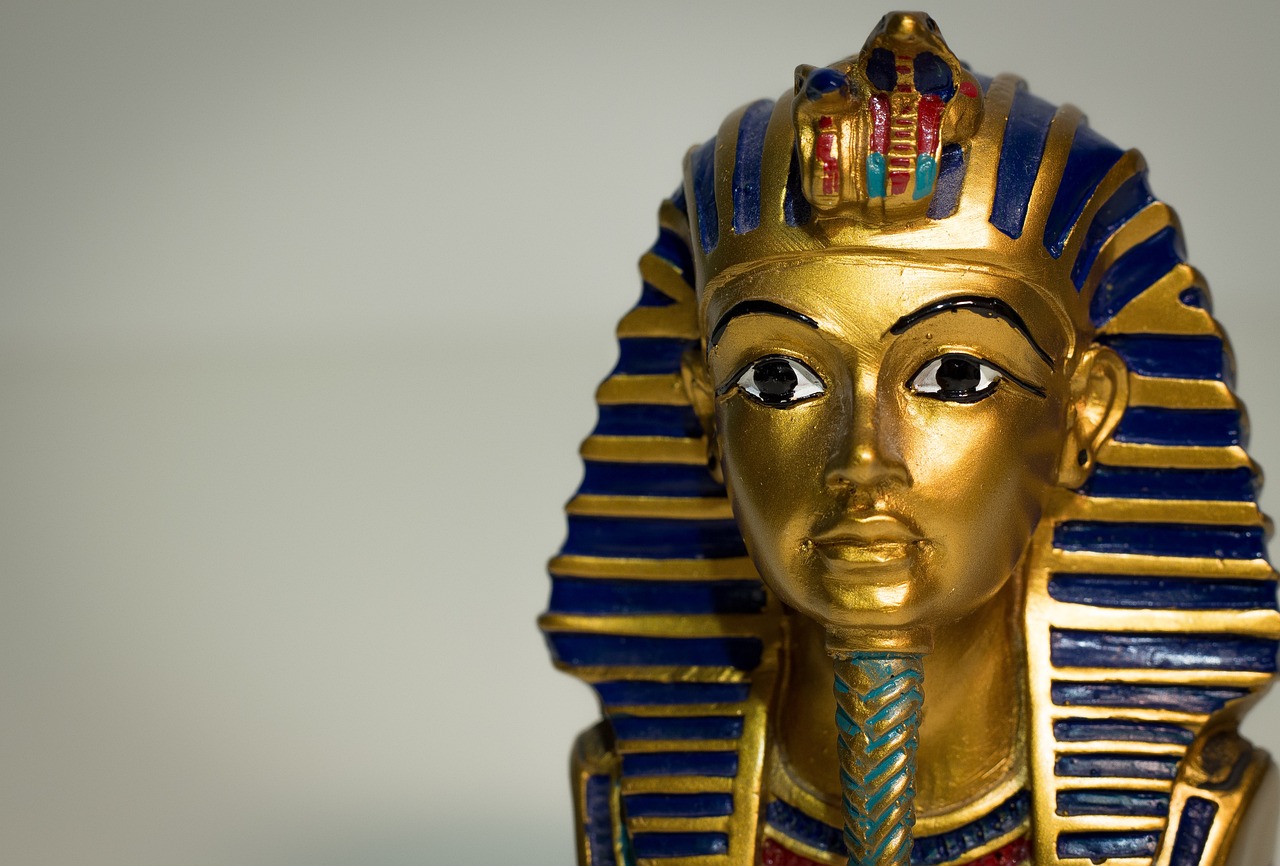
Cultural Traditions and Festivals
Exploring the lasting impact of Ancient Egyptian civilization on contemporary culture, art, architecture, religion, and language. From symbols like the Ankh to the concept of the afterlife, Egypt's heritage continues to shape the world today.
Examining how Ancient Egyptian art styles, such as hieroglyphics, sculptures, and paintings, have influenced modern art movements and design trends. The iconic imagery and symbolic representations are still prevalent in various creative fields.
Discussing the architectural marvels of Ancient Egypt, including the pyramids, temples, and obelisks, and their impact on modern architectural practices and construction techniques. The structural innovations of the past continue to inspire contemporary architects.
Exploring the religious beliefs, rituals, and deities of Ancient Egypt and their influence on modern spirituality, mythology, and religious practices. The concepts of the afterlife, gods, and rituals have left a profound mark on global religious traditions.
Analyzing the Ancient Egyptian writing system, hieroglyphics, and the Rosetta Stone's significance in deciphering the language. The impact of Egyptian linguistic elements on modern languages, literature, and communication systems is explored.
Investigating the societal hierarchy, governance systems, and legal practices of Ancient Egypt and their parallels in contemporary social structures and political systems. The legacy of Egyptian governance influences modern concepts of leadership and administration.
Highlighting the advancements in medicine, astronomy, mathematics, and engineering achieved by Ancient Egyptians and their contributions to modern scientific knowledge and technological innovations. The legacy of Egyptian innovations continues to shape various scientific disciplines.
Examining the symbolic meanings behind Ancient Egyptian symbols, such as the Eye of Horus, scarab beetle, and the sphinx, and their significance in modern iconography, branding, and cultural representations. The enduring symbols continue to hold deep cultural meanings.
Exploring the cultural practices, traditions, and festivals of Ancient Egypt and their influence on contemporary celebrations, customs, and cultural events worldwide. The rich heritage of Egyptian traditions continues to be celebrated and preserved in modern society.
Frequently Asked Questions
- What is the significance of Ancient Egyptian art in modern society?
Ancient Egyptian art has had a profound influence on modern art movements and design trends. The symbolic representations and iconic imagery found in hieroglyphics, sculptures, and paintings continue to inspire creatives across various fields.
- How did Ancient Egyptian architecture impact modern construction practices?
The architectural marvels of Ancient Egypt, such as the pyramids, temples, and obelisks, have influenced modern architectural practices and construction techniques. The structural innovations of the past still serve as a source of inspiration for contemporary architects.
- What role did Ancient Egyptian religious beliefs play in shaping modern spirituality?
Ancient Egyptian religious beliefs, rituals, and deities have left a lasting impact on modern spirituality, mythology, and religious practices. Concepts like the afterlife, various gods, and religious rituals have influenced global religious traditions.
- How have Ancient Egyptian linguistic elements influenced modern communication systems?
The Ancient Egyptian writing system, hieroglyphics, and the significance of the Rosetta Stone in deciphering the language have had a notable impact on modern languages, literature, and communication systems. Egyptian linguistic elements continue to shape communication practices today.
- What parallels exist between Ancient Egyptian governance systems and contemporary political structures?
The societal hierarchy, governance systems, and legal practices of Ancient Egypt have parallels in modern social structures and political systems. The legacy of Egyptian governance influences current concepts of leadership and administration.
- How did Ancient Egyptian advancements in science and technology contribute to modern knowledge?
Ancient Egyptians made significant advancements in medicine, astronomy, mathematics, and engineering, which have contributed to modern scientific knowledge and technological innovations. Their legacy continues to shape various scientific disciplines today.
- What is the significance of Ancient Egyptian symbols in contemporary culture?
Ancient Egyptian symbols, such as the Eye of Horus, scarab beetle, and the sphinx, hold deep cultural meanings and have influenced modern iconography, branding, and cultural representations. These enduring symbols continue to resonate in contemporary society.
- How have Ancient Egyptian cultural traditions influenced modern celebrations?
Ancient Egyptian cultural practices, traditions, and festivals have had a lasting impact on contemporary celebrations, customs, and cultural events worldwide. The rich heritage of Egyptian traditions is still celebrated and preserved in modern society.


